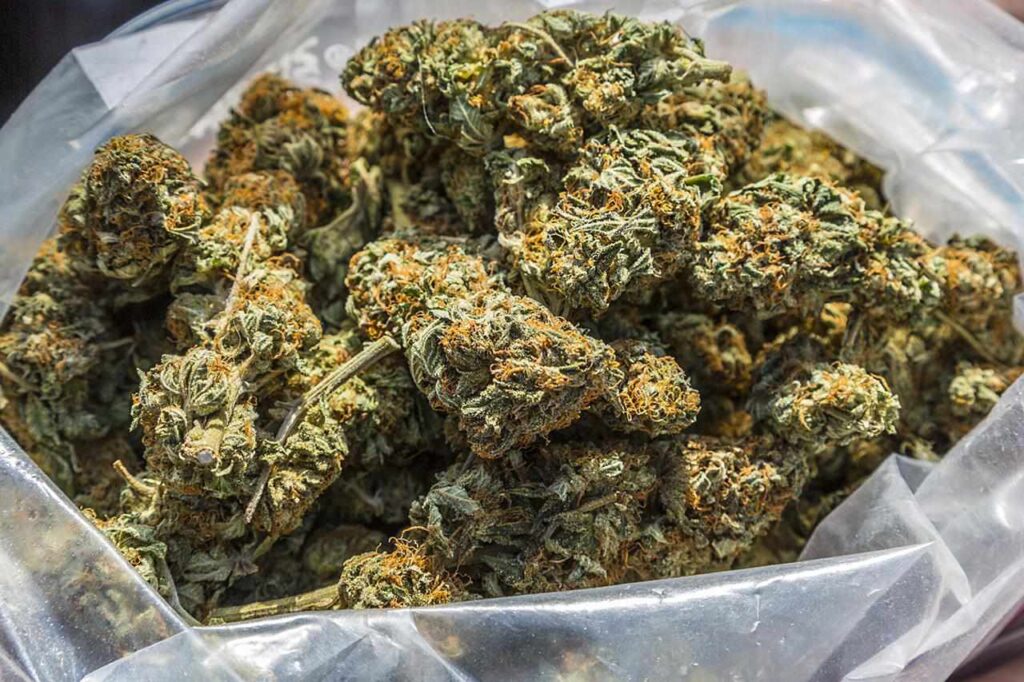Weeds in Ivano-Frankivsk: Environmental and Health Challenges

Ivano-Frankivsk, a picturesque city nestled in the Carpathian Mountains of western Ukraine, is known for its natural beauty, historical significance, and vibrant cultural life. Surrounded by lush landscapes, forests, and rivers, Ivano-Frankivsk is home to a variety of plant species, making it an ideal place for nature lovers. However, like many cities around the world, Ivano-Frankivsk is facing a growing environmental issue: the spread of weeds. While these plants may seem harmless, they are becoming a significant concern for the environment, agriculture, and public health in the region. This article explores the causes and consequences of weed proliferation in Ivano-Frankivsk, along with strategies to manage the problem effectively.
The Spread of Weeds in Ivano-Frankivsk
Weeds are plants that grow in places where they are not wanted. They can appear in urban areas, agricultural lands, and natural spaces, often disrupting ecosystems and competing with desirable plants for vital resources such as water, sunlight, and nutrients. In Ivano-Frankivsk, several factors contribute to the growing presence of weeds, particularly in urban parks, gardens, agricultural fields, and along roadsides.
Urbanization and development play a significant role in the spread of weeds. As Ivano-Frankivsk continues to grow, construction activities disturb the soil, creating ideal conditions for weeds to take root. Construction sites, abandoned lots, and roadsides are common areas where weeds thrive.
Agriculture is another key factor in the spread of weeds around Ivano-Frankivsk. The region’s fertile soil and climate make it an important area for farming, particularly for crops such as wheat, corn, and potatoes. However, intensive farming practices, including tilling and monoculture, can disturb the soil and make it more vulnerable to weed colonization.
Environmental Impact of Weeds
The presence of weeds in Ivano-Frankivsk has significant environmental consequences. In urban areas, weeds can take over green spaces, such as parks and gardens, leading to a decline in biodiversity. Native plants, which are essential for supporting local wildlife, are often displaced by invasive weeds. These invasive species can grow aggressively, crowding out native plants and altering the balance of the ecosystem.
One example of an invasive weed in Ivano-Frankivsk is the common ragweed (Ambrosia artemisiifolia). Ragweed is notorious for its ability to outcompete other plants, particularly in disturbed soil, and it poses a serious threat to local biodiversity.
Weeds also have a negative impact on agriculture. Weeds such as bindweed, thistles, and dandelions can take over farmlands, reducing crop yields by competing with crops for sunlight, water, and nutrients.
Public Health Concerns
In addition to their environmental and agricultural impact, weeds in Ivano-Frankivsk also pose serious health risks to the local population. Ragweed is one of the most concerning weeds in the region due to its highly allergenic pollen.
The growing presence of ragweed in Ivano-Frankivsk is leading to an increase in allergic reactions among residents, especially during late summer and early autumn when the plant is in full bloom. This rise in allergies has resulted in more people seeking medical treatment for symptoms related to ragweed exposure.
Additionally, weeds can contribute to the spread of other health risks, particularly in areas with overgrown vegetation.
Strategies for Managing Weeds in Ivano-Frankivsk
Addressing the weed problem in Ivano-Frankivsk requires a comprehensive approach that involves both preventive measures and active management. Several strategies can help mitigate the negative impacts of weeds on the environment, agriculture, and public health:
- Urban Weed Management: Regular maintenance of urban green spaces, such as parks and gardens, is essential for preventing the overgrowth of weeds. Mowing lawns, removing weeds manually, and using eco-friendly herbicides can help control weed populations in public spaces.
- Sustainable Farming Practices: In the surrounding agricultural areas, farmers can adopt sustainable practices that reduce the spread of weeds. Crop rotation, for example, can help break the lifecycle of weeds and reduce the need for herbicides. Cover cropping and mulching can also prevent weeds from germinating by blocking sunlight and improving soil health. These methods promote healthier soil and more resilient crops while reducing the reliance on chemical herbicides.
- Public Education and Awareness: Educating residents about the risks posed by invasive weeds and the importance of controlling them is crucial.
- Integrated Pest Management (IPM): Integrated Pest Management is a sustainable approach to controlling weeds and other pests that combines biological, cultural, mechanical, and chemical methods.
- Monitoring and Early Intervention: Early detection of weed problems is key to preventing them from spreading. Timely intervention can prevent the spread of aggressive weeds and reduce their impact on the environment and public health.
Conclusion
Weeds in Ivano-Frankivsk are more than just an aesthetic issue. They are having a significant impact on the environment, agriculture, and public health.
Through proactive measures, Ivano-Frankivsk can ensure a healthier and more sustainable future for its community.
You’re the best when it comes to marijuana products , always taking care of me. Definitely recommending you to my friends. Thanks for the quick delivery .Really happy with the product .As usual, it’s top-notch. Keep it up you. you can contact them on email Scenthub43@gmail.com and also there Telegram : https://t.me/Scenthub43
wow Thanks for the referral they have great service and got the best weed around. and the delivery is so smooth.

Thanks for always being reliable! I can always count on you for good product.
You’re the go-to in the area for a reason. Always a smooth experience